Tóm tắt - Bài báo này đề xuất một phương pháp để mô hình hóa và kiểm chứng biểu đồ trình tự UML 2.0 sử dụng SPIN/ PROMELA. Ý tưởng chính của phương pháp là xây dựng các mô hình mô tả hành vi của từng đối tượng trong biểu đồ trình tự UML 2.0. Các mô hình này biểu diễn dưới dạng các ôtômát vào/ra nhằm giữ nguyên tính tương tác giữa các đối tượng. Nghiên cứu đưa ra một kỹ thuật hỗ trợ chuyển đổi các mô hình này thành các đặc tả PROMELA để cung cấp cho bộ công cụ SPIN nhằm kiểm chứng tính đúng đắn của các biểu đồ tuần tự. Bằng cách đảm bảo tính chính xác của thiết kế phần mềm, một số thuộc tính có thể được đảm bảo như an toàn, ổn định và thực tế là không còn lỗ hổng nào. Một công cụ hỗ trợ cho phương pháp đề xuất cũng được cài đặt và thực nghiệm với một số hệ thống điển hình nhằm minh chứng cho tính đúng đắn, hiệu quả và dễ sử dụng. Cách tiếp cận này hứa hẹn sẽ được áp dụng trong thực tế.
REFERENCES[1]. ALAWNEH, L., DEBBABI, M., HASSAINE, F., JARRAYA, Y., & SOEANU, A., “A unified approach for verification and validation of systems and software engineering models”, In 13th Annual IEEE International Symposium and Workshop on Engineering of Computer-Based Systems (ECBS'06), pp. 409-418, 2006. [2]. BAIER, C., KATOEN, J. P., LARSEN, K. G., “Principles of model checking”, MIT Press, 2008. [3]. CLARKE, E. M., GRUMBERG, O., PELED, D., “Model checking”. MIT press, 1999. [4]. COBLEIGH, J. M., GIANNAKOPOULOU, D., PĂSĂREANU, C. S., “Learning assumptions for compositional verification”, In International Conference on Tools and Algorithms for the Construction and Analysis of Systems, Springer Berlin Heidelberg, pp. 331-346, 2003. [5]. GRØNMO, R., MØLLER-PEDERSEN, B., “From UML 2 Sequence Diagrams to State Machines by Graph Transformation”. Journal of Object Technology, 10(8), 1-22, 2011. [6]. GUELFI, N., MAMMAR, A., “A formal semantics of timed activity diagrams and its PROMELA translation”, In 12th Asia-Pacific Software Engineering Conference, 2005. [7]. H. M. DUONG, L. K. TRINH, P. N. HUNG, “An Assume-Guarantee Model Checker for Component-Based Systems”, In IEEE-RIVF, pp. 22-26, 2013. [8]. JUSSILA, T., DUBROVIN, J., JUNTTILA, T., LATVALA, T., PORRES, I., & LINZ, J. K. U., “Model checking dynamic and hierarchical UML state machines”, Proc. MoDeV2a: Model Development, Validation and Verification, pp. 94-110, 2006. [9]. KNAPP, A., WUTTKE, J., “Model checking of UML 2.0 interactions”, In International Conference on Model Driven Engineering Languages and Systems, pp. 42-51, 2006. [10]. L. C. LUAN, P. N. HUNG, “A method for model generation from UML 2.0 sequence diagrams”, Proc. FAIR’9, Can Tho, pp. 619-625, 2016. [11]. LATELLA, D., MAJZIK, I., & MASSINK, M., “Automatic verification of a behavioural subset of UML statechart diagrams using the SPIN model-checker”, Formal aspects of computing, 11(6), pp. 637-664, 1999. [12]. LIMA, V., TALHI, C., MOUHEB, D., DEBBABI, M., WANG, L., POURZANDI, M., “Formal verification and validation of UML 2.0 sequence diagrams using source and destination of messages”, Electronic Notes in Theoretical Com. Science, 254, pp.143-160, 2009. [13]. MIKK, E., LAKHNECH, Y., SIEGEL, M., & HOLZMANN, G. J. (1998). “Implementing statecharts in PROMELA/SPIN”, In Industrial Strength Formal Specification Techniques, Proc. 2nd IEEE Workshop, pp. 90-101, 1998. [14]. P. N. HUNG, T. KATAYAMA, “Modular Conformance Testing and Assume-Guarantee Verification for Evolving Component-Based Software”, In the 15th Asia-Pacific Software Engineering Conference, IEEE Computer Society Press, pp. 479-486, 2008. [15]. SCHÄFER, T., KNAPP, A., MERZ, S., “Model checking UML state machines and collaborations”, Electronic Notes in Theoretical Com. Sci., 55(3), pp.357-369, 2001. [16]. SIVERONI, I., ZISMAN, A., SPANOUDAKIS, G., “Property specification and static verification of UML models”, In Availability, Reliability and Security, pp. 96-103, 2008. [17]. VAN AMSTEL, M. F., LANGE, C. F., & CHAUDRON, M. R., “Four automated approaches to analyze the quality of UML sequence diagrams”. In Computer Software and Applications Conf., pp. 415-424, 2007. [18]. ZHANG, C. & DUAN, Z., “Specification and Verification of UML 2.0 Sequence Diagrams Using Event Deterministic Finite Automata”, in 'SSIRI (Companion)', IEEE Computer Society, pp. 41-46, 2011. [19]. OMG Unified Modeling Language. [Online]. http://www.omg.org/spec/UML/2.5/PDF. [20]. HOLZMANN, GERARD J (1997). "The model checker SPIN." IEEE Transactions on software engineering 23.5: 279. [21]. Basic SPIN Manual. [Online]. Available: http://spinroot.com/spin/Man/Manual.html |
Thông tin trích dẫn: PhD. Chi Luan Le, “A Method for Modeling and Verifying of UML 2.0 Sequence Diagrams using SPIN”, Nghiên cứu khoa học và công nghệ trong lĩnh vực An toàn thông tin, Tạp chí An toàn thông tin, Vol. 09, pp. 20-28, No. 01, 2019.
PhD. Chi Luan Le
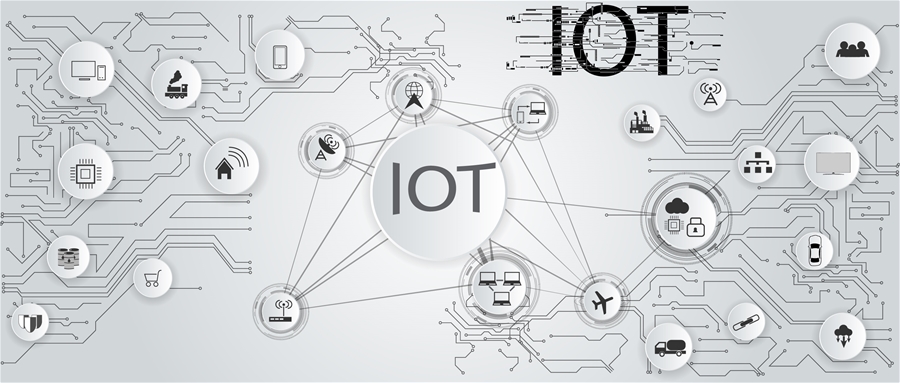
22:00 | 22/02/2020
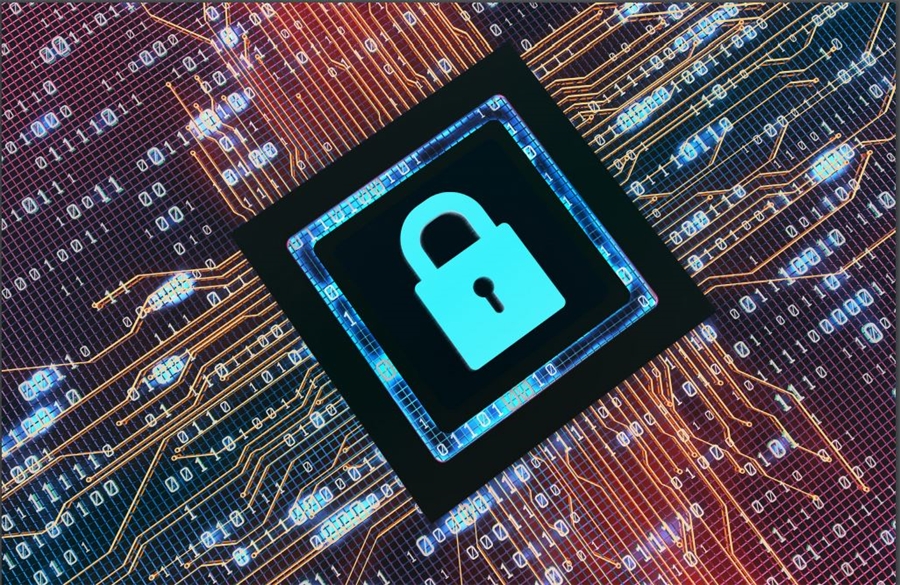
14:00 | 09/06/2020
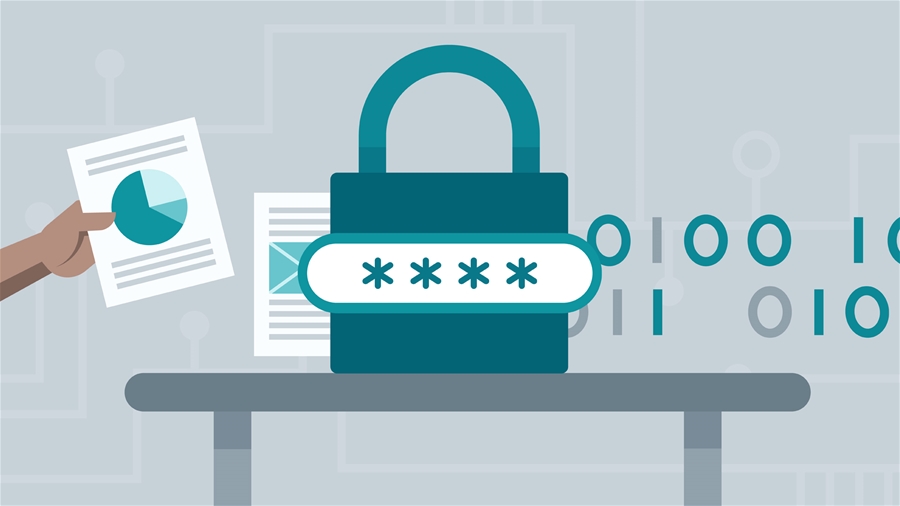
09:00 | 28/05/2020

22:00 | 22/02/2020
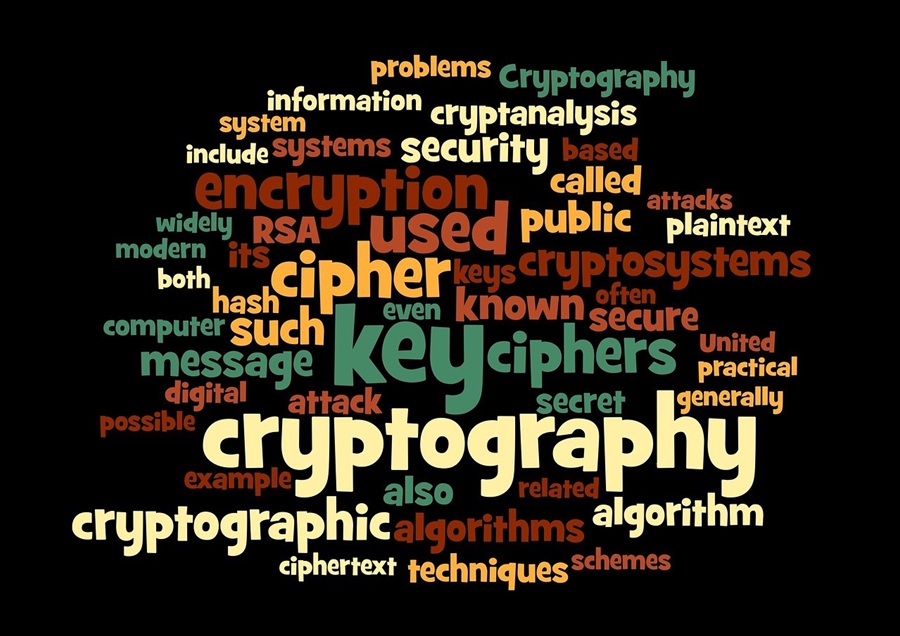
17:00 | 27/05/2019
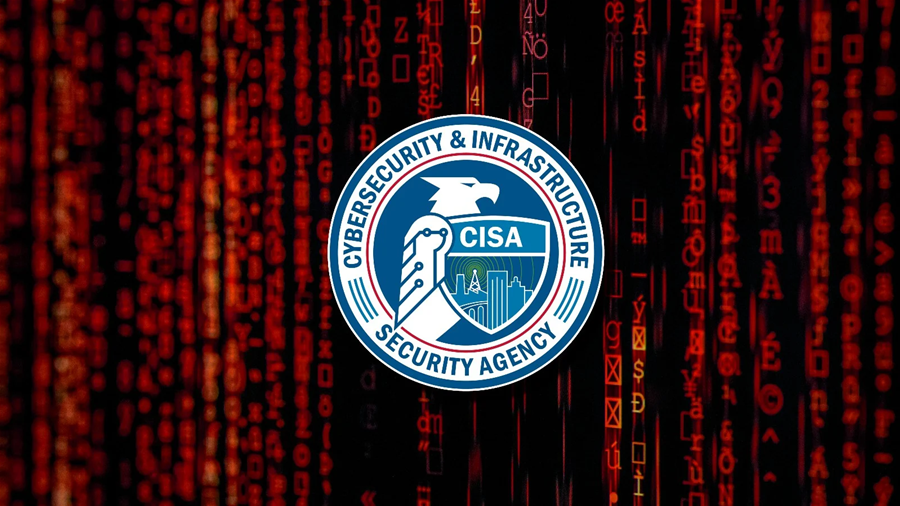
13:00 | 17/04/2024
Mới đây, Cơ quan An ninh mạng và Cơ sở hạ tầng Hoa Kỳ (CISA) đã phát hành phiên bản mới của hệ thống Malware Next-Gen có khả năng tự động phân tích các tệp độc hại tiềm ẩn, địa chỉ URL đáng ngờ và truy tìm mối đe dọa an ninh mạng. Phiên bản mới này cho phép người dùng gửi các mẫu phần mềm độc hại để CISA phân tích.

09:00 | 08/03/2024
Từ lâu, botnet là một trong những mối đe dọa lớn nhất đối với an ninh mạng, nó đã gây ra nhiều thiệt hại cho các tổ chức và doanh nghiệp trên toàn thế giới. Bài báo sẽ giới thiệu tới độc giả một số kỹ thuật phát hiện botnet bằng Honeynet và tính hiệu quả của chúng, đồng thời đề xuất một số hướng phát triển trong tương lai để nâng cao khả năng phát hiện và ngăn chặn botnet bằng Honeynet.
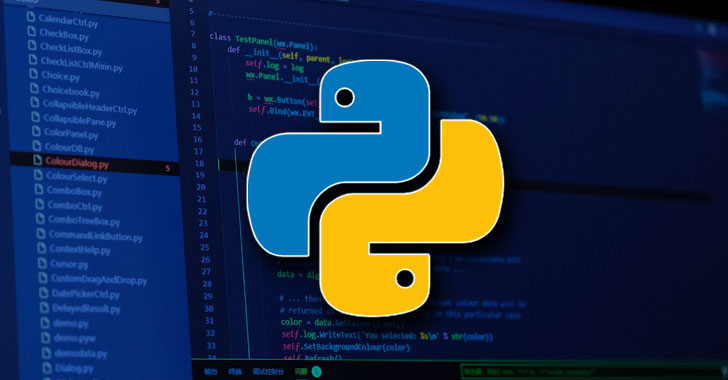
08:00 | 25/01/2024
Tháng 12/2023, các nhà nghiên cứu của hãng bảo mật Fortinet xác định được ba gói độc hại mới trong kho lưu trữ nguồn mở Python Package Index (PyPI) có khả năng triển khai tệp thực thi CoinMiner để khai thác tiền điện tử trên các thiết bị Linux bị ảnh hưởng. Các nhà nghiên cứu cho rằng các chỉ số xâm phạm (IoC) của các gói này có điểm tương đồng với gói PyPI Culturestreak được phát hiện vào đầu tháng 9/2023. Bài viết này sẽ phân tích các giai đoạn tấn công của ba gói PyPI độc hại này, trong đó tập trung vào những điểm tương đồng và sự phát triển của chúng so với gói Culturestreak.

16:00 | 21/03/2023
Theo đánh giá của các chuyên gia, phần lớn các vi phạm bảo mật dẫn đến các chiến dịch lừa đảo thành công đến từ lỗi của con người. Bài báo sau đây sẽ đưa ra một số phương thức để chúng ta có thể củng cố bức tường lửa con người thông qua mô hình thiết kế hành vi của Fogg (Tiến sĩ BJ Fogg - Đại học Stanford Mỹ).

Lược đồ chữ ký số dựa trên hàm băm là một trong những lược đồ chữ ký số kháng lượng tử đã được Viện Tiêu chuẩn và Công nghệ Quốc gia Mỹ (NIST) chuẩn hóa trong tiêu chuẩn đề cử FIPS 205 (Stateless Hash Based Digital Signature Standard) vào tháng 8/2023. Bài báo này sẽ trình bày tổng quan về sự phát triển của của lược đồ chữ ký số dựa trên hàm băm thông qua việc phân tích đặc trưng của các phiên bản điển hình của dòng lược đồ chữ ký số này.
09:00 | 01/04/2024

Mới đây, Cơ quan An ninh mạng và Cơ sở hạ tầng Hoa Kỳ (CISA) đã phát hành phiên bản mới của hệ thống Malware Next-Gen có khả năng tự động phân tích các tệp độc hại tiềm ẩn, địa chỉ URL đáng ngờ và truy tìm mối đe dọa an ninh mạng. Phiên bản mới này cho phép người dùng gửi các mẫu phần mềm độc hại để CISA phân tích.
13:00 | 17/04/2024